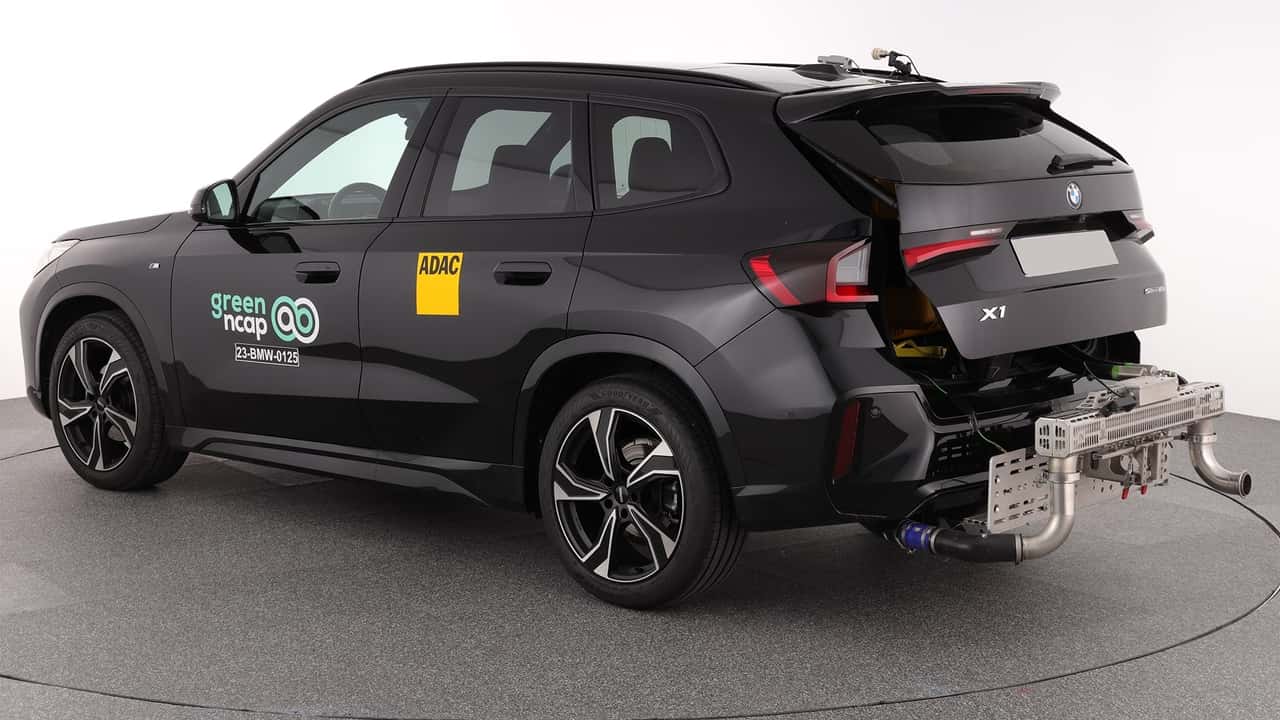Models launched from 1 January 2025 onwards will be subject to new type approval. Declared CO2 emissions could double.
The year 2025 is shaping up to be a rather complicated one for plug-in hybrid vehicles. The new Euro 6e-bis standard came into force at the start of the year introducing stricter type-approval tests for plug-in hybrids launched from 1 January onwards.
The new tests are designed to make the fuel consumption of these cars as realistic as possible as they are often presented as having very low CO2 emissions and fuel consumption figures that are virtually impossible to achieve in everyday use.
Previously, emissions tests were carried out over a simulated distance of 800 km (500 miles), but Euro 6e-bis increases this distance to 2,200 km (1,367 miles). To show the effect of this change on the emissions and fuel consumption of a PHEV in real-world driving, the International Council for Clean Transportation (ICCT) analysed the performance of a BMW X1 xDrive25e under the revised conditions.
BMW X1
Based on the new parameters, the X1’s emissions would rise from around 45 g/km to 96 g/km. A further update of emissions standards is scheduled for 2027 when the “Euro 6e-bis-FCM” regulations come into force. Under these conditions over a total distance of 4,260 km (2,647 miles) BMW is expected to emit around 122 g/km.
As mentioned, these tests will apply to all new plug-in hybrid vehicles introduced to the market from 1 January 2025. However, from 31 December 2025 the new standard will apply to all existing plug-in cars including those launched in previous years. Type-approval data will be updated to provide a uniform picture and enable motorists to make a more informed choice.
The new type-approval conditions will have a major impact on the attractiveness of these models particularly in terms of purchase incentives or tax deductions for companies in various European countries.
More on emissions:
These are mainly based on declared CO2 emissions, which until now have always been negligible and well below those of full hybrids and mild hybrids. With the new regulations plug-ins would be virtually on par with these two powertrains with pure electrics becoming the most cost-effective of all, at least in terms of emissions figures.
We shall therefore see what impact this will have on the market strategies of manufacturers who were counting on plug-ins to lower the average CO2 emissions of their cars sold (and therefore pay fewer fines to the European Union). For the four-year period from 2020 to 2024, the CO2 emission limit for the registered fleet was 115.1 g/km, and each car sold in excess of this value was liable to a fine of €95. From 2025, this limit will be lowered to 93.6 g/km.
Source:
Auto Express
